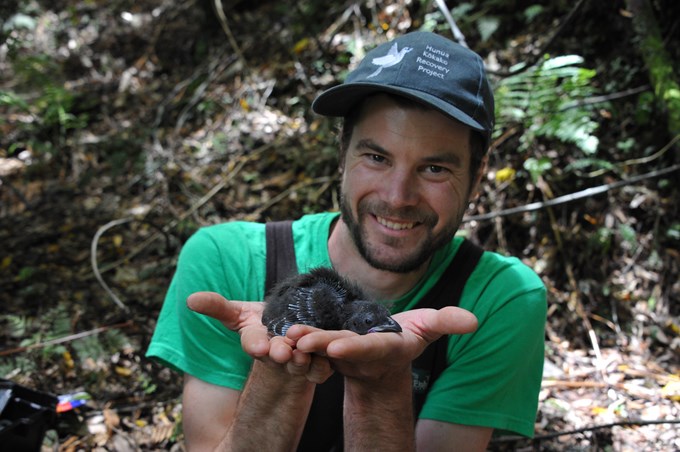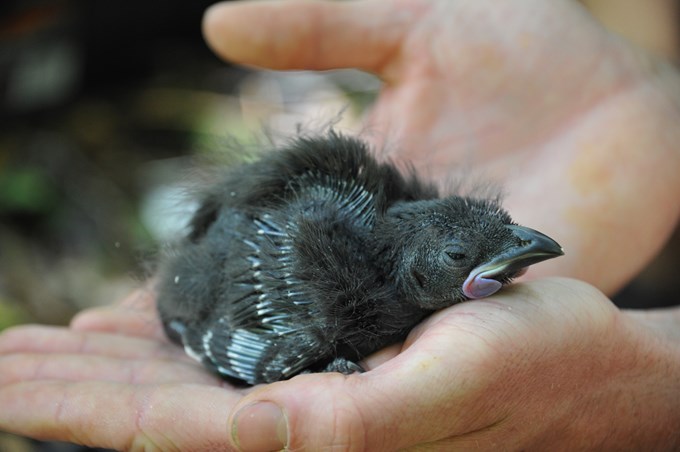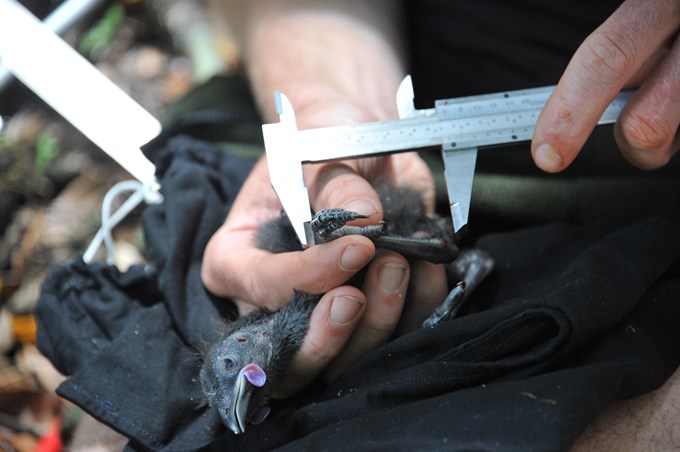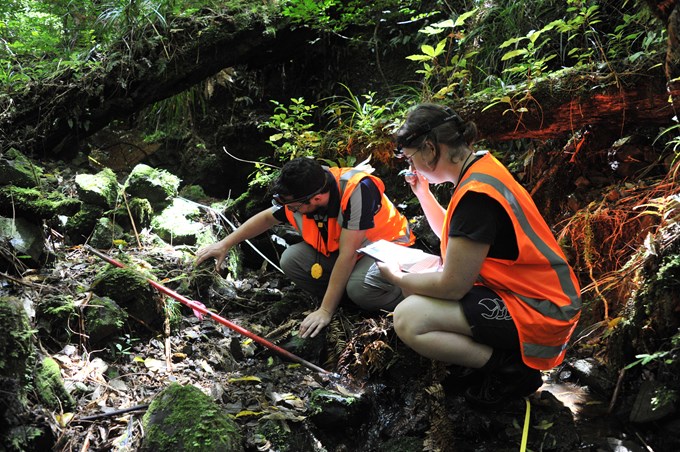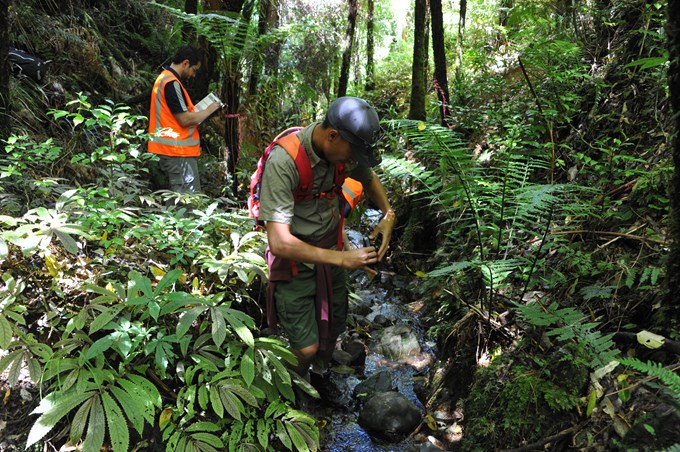Auckland Council’s biggest ever pest control operation has chalked up a major victory for the endangered kōkako, with dozens of new chicks hatching in the Hunua Ranges this summer.
The post-operational report on the 2015 1080-based pest-control programme was presented to the Regional Strategy and Policy Committee. It recapped the reason for the project, how it was carried out and results from a comprehensive monitoring programme.
Native species recovering
Committee chair Cr George Wood says the widespread reduction of predators and extremely promising species monitoring results is heartening.
“A little over a year ago we had a huge problem; the Hunua Ranges was teeming with rats and our bird populations were at risk of predation. Kōkako eggs, chicks and incubating females were especially vulnerable.
“This well-executed programme saw the very fast knock-down of pest animals and similarly quick recovery of our treasured species,” says Cr Wood.
Auckland Council Biodiversity Manager Rachel Kelleher says pest animals are at an all-time low with rat and possum densities significantly reduced across the operational area.
“When we began, rats were tracking at 91.6 per cent saturation across the ranges and possum numbers were high.
“Post-operational monitoring has been extremely positive. Pest species have dropped dramatically, with possums tracking between 0.25 per cent and 1 per cent and rat densities between 0 per cent and 1.03 per cent.
13 kōkako chicks now fledging
“Species monitoring is also a strong indicator of success and over the past two seasons, more than 130 chicks have hatched each season. The population has now expanded to around 500 birds, a big increase from the 20-25 birds present when management began in 1994-95.
“Hochstetter’s frogs are still present, vegetation is recovering and we are about to undertake long-tailed bat surveys,” says Ms Kelleher.
Cr Wood acknowledges the input of many other agencies, groups and partners and the significant work the operational team did alongside mana whenua.
“The Hunua Ranges and Kohukohunui are very important to seven iwi with tribal ties to the area. We are very proud of the relationship that developed between council and mana whenua as a result of this project,” he says.

